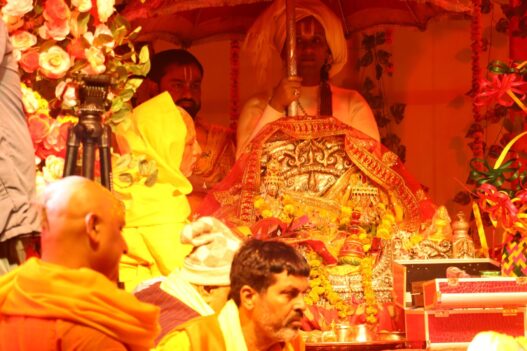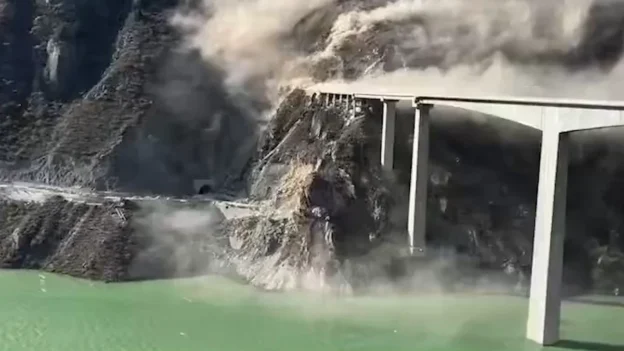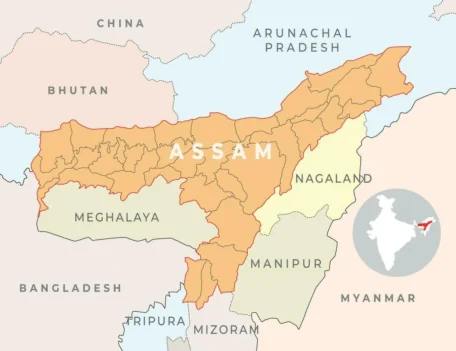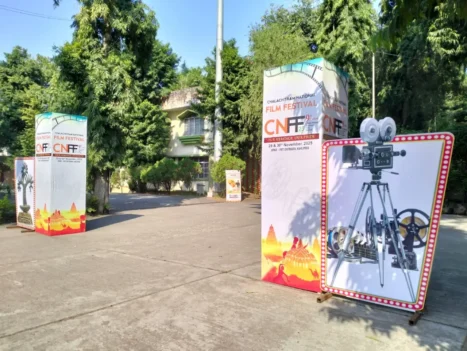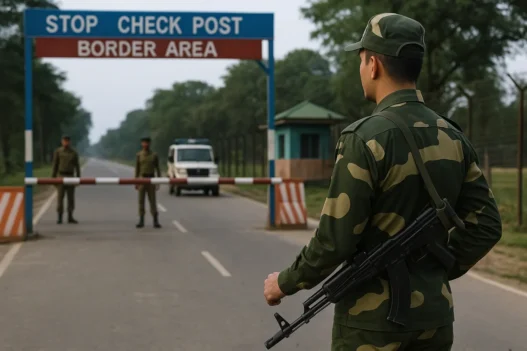The indigenous population in Assam continues to receive shocking revelations almost every other day from none other than the State’s Chief Minister, Himanta Biswa Sarma. During his tenure at the helm of the Bharatiya Janata Party-led government in Dispur, Sarma has overseen a series of eviction drives aimed at reclaiming hundreds of thousands of bighas of government land, including forest areas and water bodies. He has also raised alarms about what he sees as the fastest changing demography in Assamese localities. According to the outspoken leader, a “conspiracy” has been hatched to silently change the janagathoni (demography), a trend he asserts must be halted effectively.
“After demographic invasion in western and middle Assam, today we are seeing the beginning of demographic invasion in eastern Assam. If we could have visualized the demographic invasion of lower and middle Assam in the beginning, we probably could have stopped it. But it has become irreversible now,” Sarma stated, explaining that the ongoing evictions in various places to reclaim large volumes of government land are intended to prevent demographic changes, particularly by people from a specific community, often identified as Muslims of Bangladesh origin. Describing this as ‘land jihad’, he reiterated the government’s commitment to liberate every inch of Assam’s land from encroachment.
Recently, Sarma made another striking prediction: that by 2041, Muslims in Assam will comprise over 50% of the total population. Referring to the 2011 census, he pointed out that 34 percent of the State’s 3.12 crore population was from religious minorities, with about 3% being indigenous Assamese Muslims and the remaining 31% being migrants from Bangladesh. Given what he describes as higher birth rates among Muslims, Sarma contends that the proportion of Bengali-speaking Muslims could reach 50% of Assam’s population by 2041, which, he asserts, would fundamentally alter the demographic landscape. He points out that districts like Dhubri, Morigaon, Barpeta, Nagaon, South Salmara-Mankachar, and Goalpara are already witnessing a situation where indigenous (Asomiya) people have become minorities, resulting in insecurities and constant threats for them.
The government’s eviction drives in places such as Barshola, Lumding, Burapahar, Pabha, Batadrawa, Chapar, and Paikan have, according to official claims, recovered nearly 1.30 lakh bighas of land from illegal settlers. The principal opposition, the Congress party, has strongly opposed these drives and approached Governor Lakshman Prasad Acharya to request a halt to the ongoing operations. The Congress delegation argued that the eviction campaign risks dispossessing tribal, indigenous, minority, and other communities from their rightful properties under the pretext of development.
Despite the opposition’s appeals, the eviction operations continued. The situation escalated in Paikan on 17 July, when police and forest guards, conducting post-eviction work, were attacked by a group of evicted individuals, including women. Stone pelting ensued, injuring 21 personnel. To control the situation, police resorted to firing, resulting in one casualty (Shakuar Hussain) and injuries to a few others. Assam police have since arrested more than 20 people from Paikan in connection with the violence.
Political reactions have been strong. State Congress president Gaurav Gogoi, national president Mallikarjun Kharge, and Parliamentarian Rahul Gandhi attended a party meeting at Chaygaon on 16 July, criticising the government for the eviction drives and promising to allocate land and houses to displaced families if the party is elected in the 2026 Assam legislative assembly polls. In response, Sarma accused Gandhi of encouraging encroachers to occupy protected forest lands, arguing that such rhetoric endangers peace and disrupts lives in Assam. Earlier, organisations such as the All India United Democratic Front, All Assam Minority Students’ Union, Muslim Sangram Parishad, Asom Nagarik Samaj, Raijor Dal, Asom Jatiya Parishad, and the Communist Party of India (including CPI-ML) have also staged protests and condemned the eviction drives through separate demonstrations.
The present scenario reflects the intricate challenges of balancing land rights, demographic changes, and political priorities in Assam. As the debate continues, the future of indigenous Asomiyas—amid demographic transitions and shifting political landscapes—remains a subject of deep concern, debate, and reflection.


